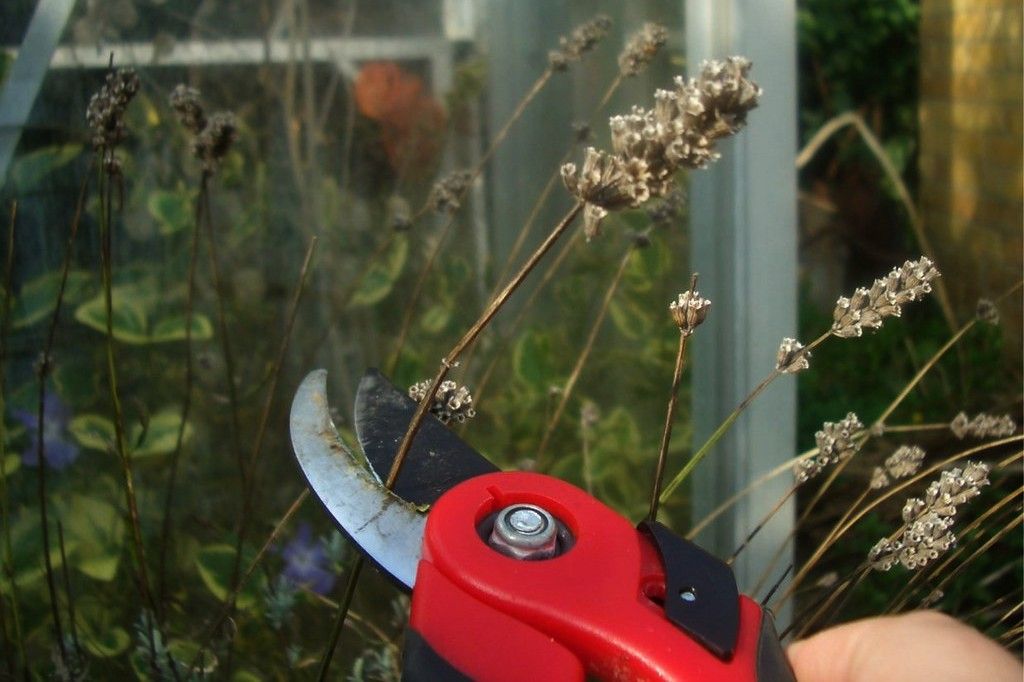At this time of the year we usually read about gardens instead of gardening.
I have been reading about deadheading—the way we ensure plants keep blooming by chopping off the spent flowers. This prevents them from forming seeds, which is a signal that no more flowers are needed by the plant.
Annuals have to produce a lot of flowers because they only live for one year and so have only one flowering period to procreate. Perennials, on the other hand, have a second way of continuing in life: they can grow back the next year on their own roots so setting seed is not so crucial for them. That means that we don’t have to snip off every spent flower on the perennials, (though it does increase their vigor), the way we should with our annuals to keep them blooming. Most perennials will only bloom for a few weeks anyway.
However, the whole garden looks better if plants are deadheaded, so it is a good thing. You can snip each flower off individually, or you can cut back a plant that has finished flowering by snipping half of the plant off with shears.
Colorful flowers attract pollinators that fertilize them, so annual flowers are often especially showy as they need to be pollinated in a shorter time frame in order to perpetuate themselves. This is why we need a sequence of different perennials that bloom at varied times to have continuous perennial blooms in our gardens. Many of us find that deadheading is a calming repetitive activity that we enjoy, so we do a bit each day all through the growing season. It keeps the color coming.
This is Moya Andrews, and today we focused on deadheading.










